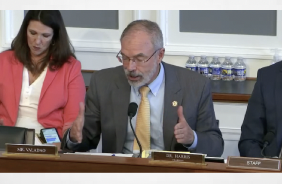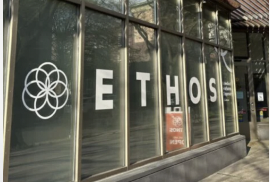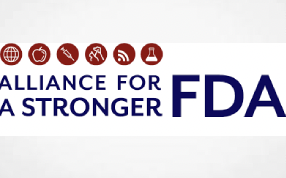Here’s the Executive Summary……..
Core findings: CCEA projects, depending on which tax regime Connecticut adopts and how the state chooses to spend those new revenues, legalization generating direct state tax revenues growing from the range of $35-$48 million in the first year of operations to $188-$223 million in year five. Including indirect and induced impacts, CCEA predicts total state tax revenues reaching $235-$314 million in the fifth year. Aggregate new state tax revenues over five years range from $784 to $952 million (See Table 6).
In addition, direct local tax revenue is projected at $71 million over five years, with $21 million in year five alone. New employment expands from the range of 5,669-7,418 in year one of operations to 10,424-17,462 in year five. Also, in year five, state GDP grows between $953 million to $1,737 million, depending on the scenario. Higher impacts result if the state chooses to expand or preserve services in the face of impending fiscal challenges (see Table E-1 below).
To establish a range of likely economic impacts and fiscal outcomes, this report considers two tax systems and then evaluates two scenarios: one in which the state spends all new net revenues to expand or preserve government services that would otherwise be cut in the face of impending fiscal deficits and one in which it saves all net new revenue (i.e., puts it into a rainy day fund).
A multiple tax policy (MTP) imposes both percentage and per unit taxes; the alternative, a percentage tax policy (PTP), imposes only percentage excise or sales taxes. As currently structured, MTP generates more government revenues. After the first two years, it would result in higher prices than the PTP approach, but given the typical pattern of falling prices as marijuana becomes more readily available, MTP would tend to limit future growth of the legal marijuana market and weaken resulting economic development. MTP taxes become high relative to the pre-tax price, forcing relatively high
retail prices; this likely translates into a wider gap between prices in the legal market versus the illegal one. Consumers would both be less likely to buy in-state legal marijuana and less likely to move consumption to legal purchases.
Two scenarios then consider how the state spends the new tax revenues to project the range of likely outcomes. In one scenario, CCEA assumes the state chooses to save all of the new revenues, spending nothing on new state services or maintaining current services, thus minimizing impacts in employment and GDP. In the second scenario, CCEA assumes the state chooses to spend all new revenues on expanded state services — or on preserving services that would otherwise be cut, thereby maximizing economic impacts.
Realistically, the latter scenario is closer to the likely outcome, given large deficits that Connecticut faces in the next few fiscal years. Providing both scenarios permits full understanding of the range of potential outcomes and clearly establishes that even the pessimistic scenario for legalization — where the state absorbs all new revenues — is a solid choice in terms of job creation, growth in state GDP, and benefits to Connecticut’s fiscal health.
Table E-1 summarizes the impacts of legalization under the MTP, including fixed taxes per gram. In year zero, cannabis businesses would perform necessary start-up preparations, but cannabis distribution would not begin until year one. The final line provides annual revenue impacts if the state spends the new revenues to preserve or create new services, which generate the incremental revenues shown on that line.
FULL REPORT
2020-09-28 City Council - Full Agenda-1383
















